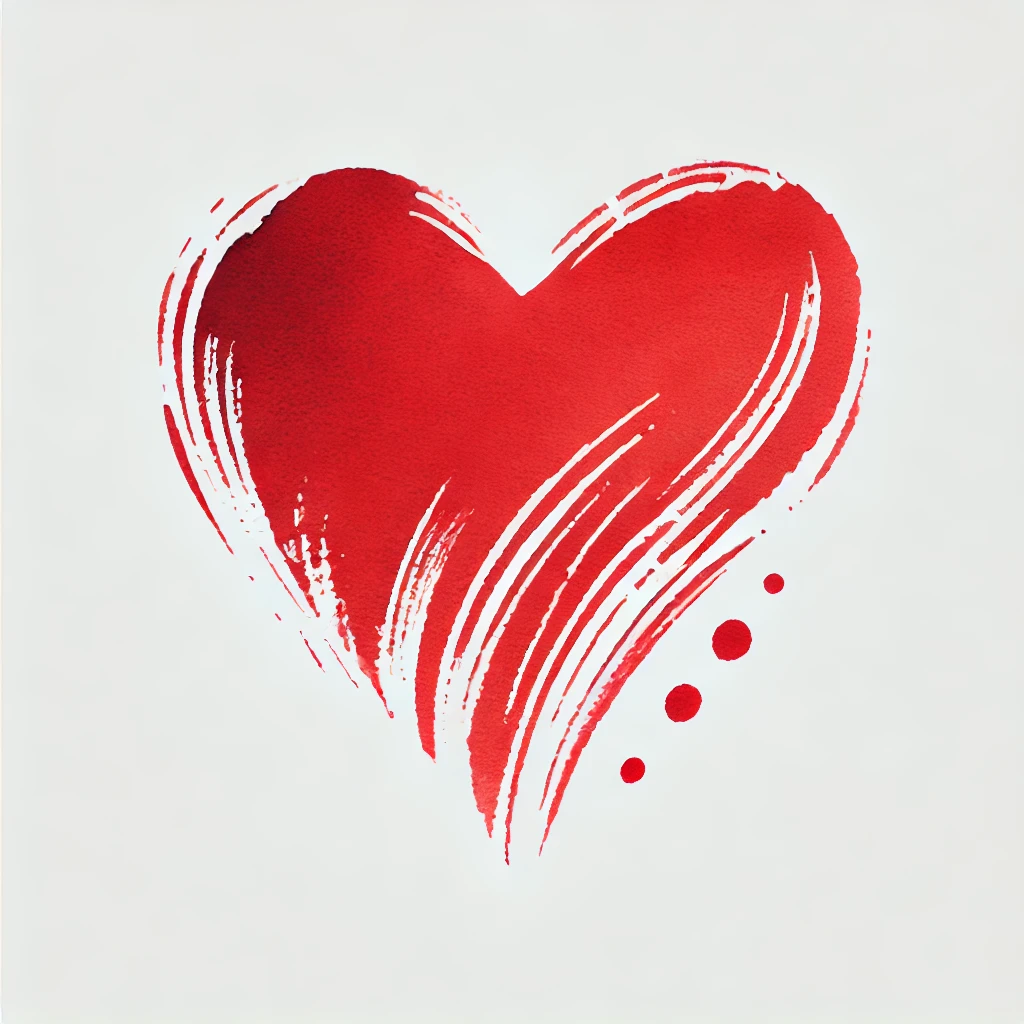Know your customers,
win their

The one CX platform to listen, understand and delight your customers.
Get started - free Get a demo

The one CX platform to listen, understand and delight your customers.
We look at applications of Customer Experience (CX) Software to the Wine & Spirits Niche
Picture this: you're a wine or spirits brand, crafting exquisite beverages that tantalize taste buds and create unforgettable moments. But in today's crowded market, even the most divine drink can get lost in the shuffle if the customer experience falls flat.
We've all seen it happen. A new label launches with fanfare, only to fizzle out when customers encounter subpar service, confusing websites, or lackluster engagement. Meanwhile, other brands seem to effortlessly cultivate a loyal following, their every move met with excitement and praise.
So, what's their secret? How do these brands create customer experiences that sparkle like a perfectly chilled champagne?
Enter the world of Customer Experience (CX) software, tailored to the unique needs of the wine and spirits industry.
We're not here to make grandiose promises or peddle gimmicks. Our focus is on proven, practical tools that solve the real challenges your customers face. Think of it as a treasure trove of strategies and insights, ready to be uncorked and savored, transforming your brand into a customer experience connoisseur.
And the best part? We don't just hand you the tools and walk away. We guide you through the process, revealing how we unearth these game-changing strategies and, more importantly, how to implement them to create genuine, lasting connections with your customers.
Ready to see how CX software can elevate your wine or spirits brand? Let's dive in.
Just as a skilled sommelier can detect subtle notes in a wine's aroma, CX software equipped with sentiment analysis can parse through countless customer interactions, extracting meaningful patterns and emotions. By analyzing comments from surveys, social media, and direct feedback, the software gauges customer sentiment, highlighting areas for improvement and opportunities to delight. For example, if many customers rave about your new limited-edition whiskey but express frustration with the online ordering process, you can swiftly streamline the purchase journey to ensure a smooth, satisfying experience.
In the world of wine and spirits, timing is everything. The same holds true for customer experience. CX software offers real-time alerts, notifying your team immediately when a customer interaction takes a sour turn or a negative review pops up online. This allows you to react quickly, perhaps by reaching out to a dissatisfied customer to make amends or addressing a website glitch before it affects more users. By being proactive and responsive, you can often transform a potential customer experience hangover into a moment of delight.
Just as winemakers rely on data to inform their blending decisions, CX software provides detailed reports that make customer insights easy to understand and act upon. These reports can break down customer satisfaction by product line, sales channel, demographic, or even specific touchpoints in the customer journey. Armed with this knowledge, you can make strategic decisions with confidence, whether it's focusing marketing efforts on a particularly enthusiastic segment or refining your e-commerce platform to boost conversion rates.
Like a fine wine, a great customer experience is the result of careful cultivation and continuous improvement. CX software helps you track key performance indicators (KPIs) like customer lifetime value, retention rates, and net promoter scores. By monitoring these metrics over time, you can identify trends, celebrate successes, and quickly address any areas where your customer experience may be falling short. This ongoing optimization ensures that your brand's customer experience only gets better with age.
When it's time to report to stakeholders, CX software has you covered. It can generate polished, comprehensive reports that showcase your customer experience initiatives and their impact on the bottom line. These boardroom-ready reports weave together customer feedback, operational data, and financial metrics, painting a compelling picture of your brand's CX journey. Instead of scrambling to compile data from disparate sources, you can focus on crafting a narrative that celebrates your successes and outlines your vision for the future.
In the wine and spirits industry, where passion, craftsmanship, and customer experience are inextricably linked, CX software is the secret ingredient that elevates your brand from ordinary to extraordinary. By harnessing the power of sentiment analysis, real-time alerts, insightful reporting, KPI tracking, and boardroom-ready presentations, you can create customer experiences that are as rich, complex, and satisfying as your finest vintages.
So, raise a glass to the future of your brand, where every customer interaction is a cause for celebration, and every sip of your success is savored. With CX software as your guide, you're well on your way to crafting customer experiences that will be remembered long after the bottle is empty.
Customer experience software offers numerous advantages for businesses in the Wine & Spirits industry. By leveraging these solutions, companies can effectively address common challenges and enhance customer experiences. Some of the key benefits include:
CX teams, customer success teams, and product teams in the Wine & Spirits sector often have questions when considering the adoption of customer experience software. Here are some frequently asked questions and their answers:
To maximize the impact of customer experience software on customer experiences and business outcomes, consider the following best practices:
As technology advances and customer expectations evolve, the customer experience software landscape in the Wine & Spirits industry is poised for exciting developments. Some future trends and innovations to watch out for include:
By staying attuned to these future trends and innovations, Wine & Spirits businesses can position themselves at the forefront of customer experience excellence and gain a competitive edge in the market.